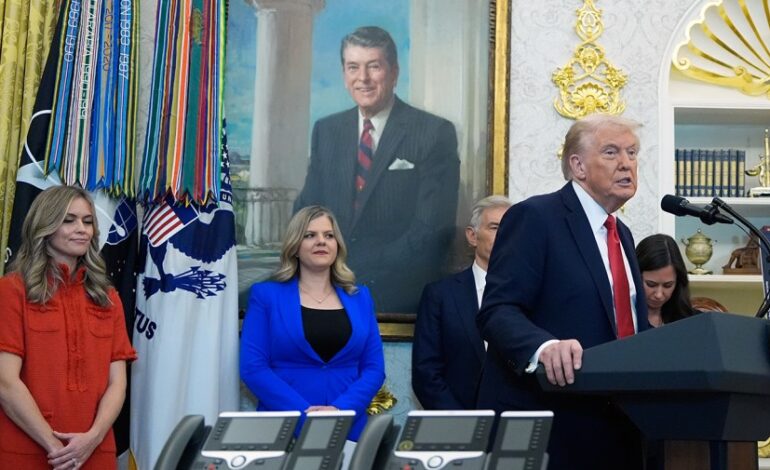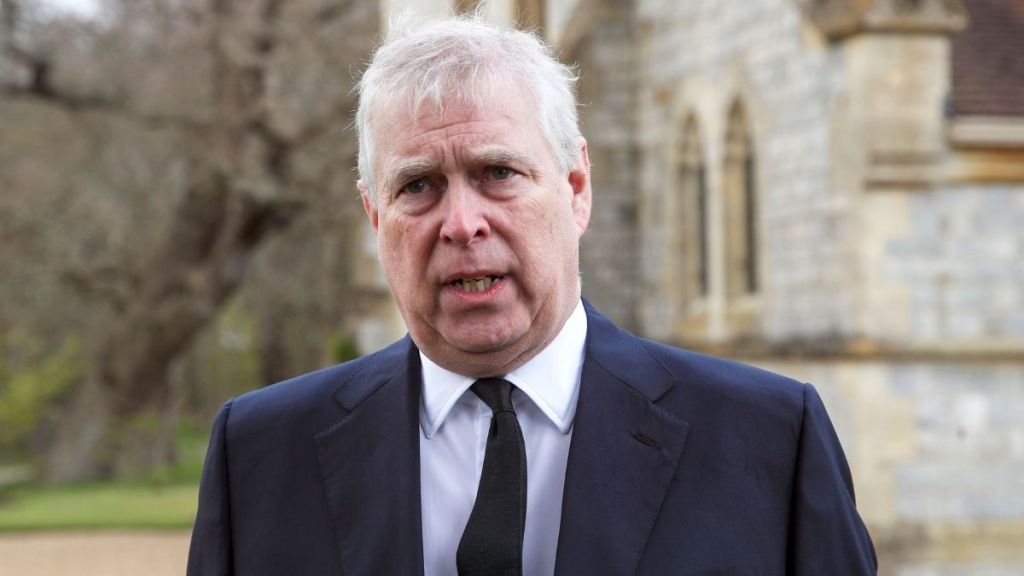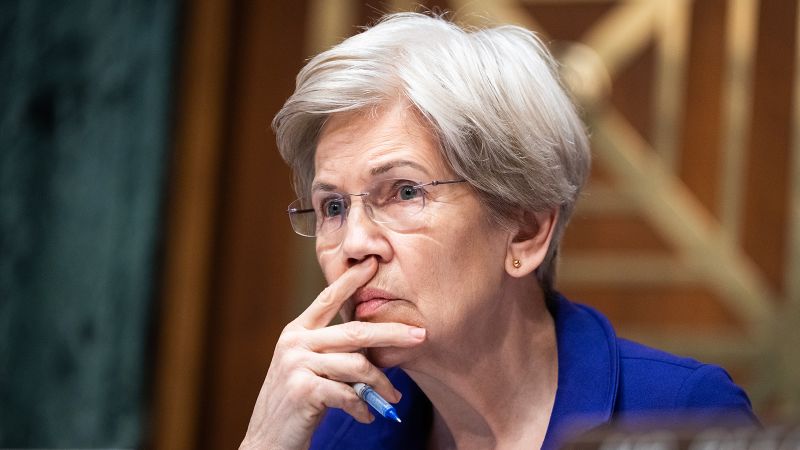Trump Unveils New IVF Guidance: Progress or Empty Promises?

President Donald Trump announced significant changes regarding access to in vitro fertilization (IVF) on November 2, 2023, during a speech from the Oval Office. His administration issued new federal guidance aimed at expanding insurance coverage for IVF services, a move that has sparked a range of responses from lawmakers, medical groups, and advocacy organizations.
The announcement outlines a commitment to enhance access to fertility treatments, which have historically been limited for many individuals and couples. Trump emphasized the need for supportive policies in his remarks, stating that this initiative reflects a broader goal of improving healthcare options for families facing infertility challenges.
Responses to the New Guidelines
While some advocates view this as a crucial step forward, others remain skeptical, framing the changes as insufficient. The American Society for Reproductive Medicine (ASRM) welcomed the initiative, describing it as a “huge leap” towards addressing the barriers many face in accessing fertility treatments. According to the ASRM, the new guidelines could potentially influence state policies, encouraging more comprehensive coverage for IVF procedures.
Conversely, critics argue that the guidance lacks tangible commitments and may not address the root causes of limited access to IVF. Many families continue to face high out-of-pocket costs for treatments, with some estimates suggesting that a single IVF cycle can exceed $15,000 in expenses. The National Infertility Association expressed concern that without specific regulations mandating coverage, the changes may not lead to meaningful improvements for those in need.
Impact on Future Policies
The implications of Trump’s announcement extend beyond immediate healthcare access. Some lawmakers view this as a potential opening for broader discussions on reproductive health policies. The new guidance could serve as a catalyst for future legislation aimed at enhancing coverage and reducing costs associated with infertility treatments.
Critics, however, remain vigilant. They argue that previous promises from the Trump administration regarding healthcare reform have not always materialized. The mixed reactions highlight the ongoing debate surrounding healthcare access in the United States, particularly for specialized treatments like IVF.
As the discourse evolves, stakeholders from various sectors will likely continue to weigh the significance of these policy changes. For many, the hope is that this will lead to more comprehensive healthcare solutions for families struggling with infertility, while others remain cautious about the potential for “broken promises” in the future.
In conclusion, Trump’s new guidance on IVF marks a pivotal moment in the conversation around reproductive health, yet its effectiveness will depend on the administration’s follow-through and the response from state and federal lawmakers. The next steps will be watched closely by advocates and families alike as they navigate the complexities of fertility treatments in the current healthcare landscape.






